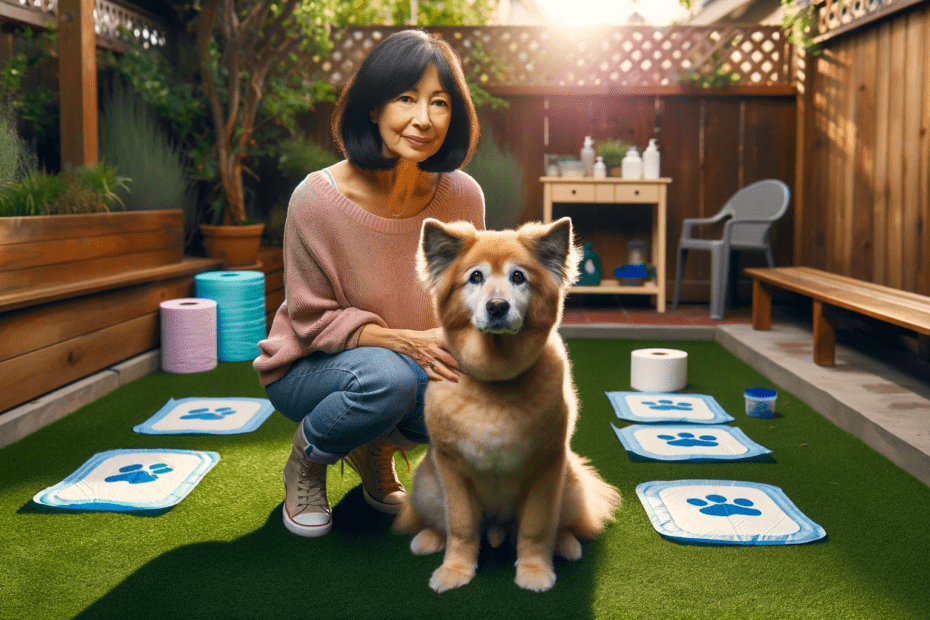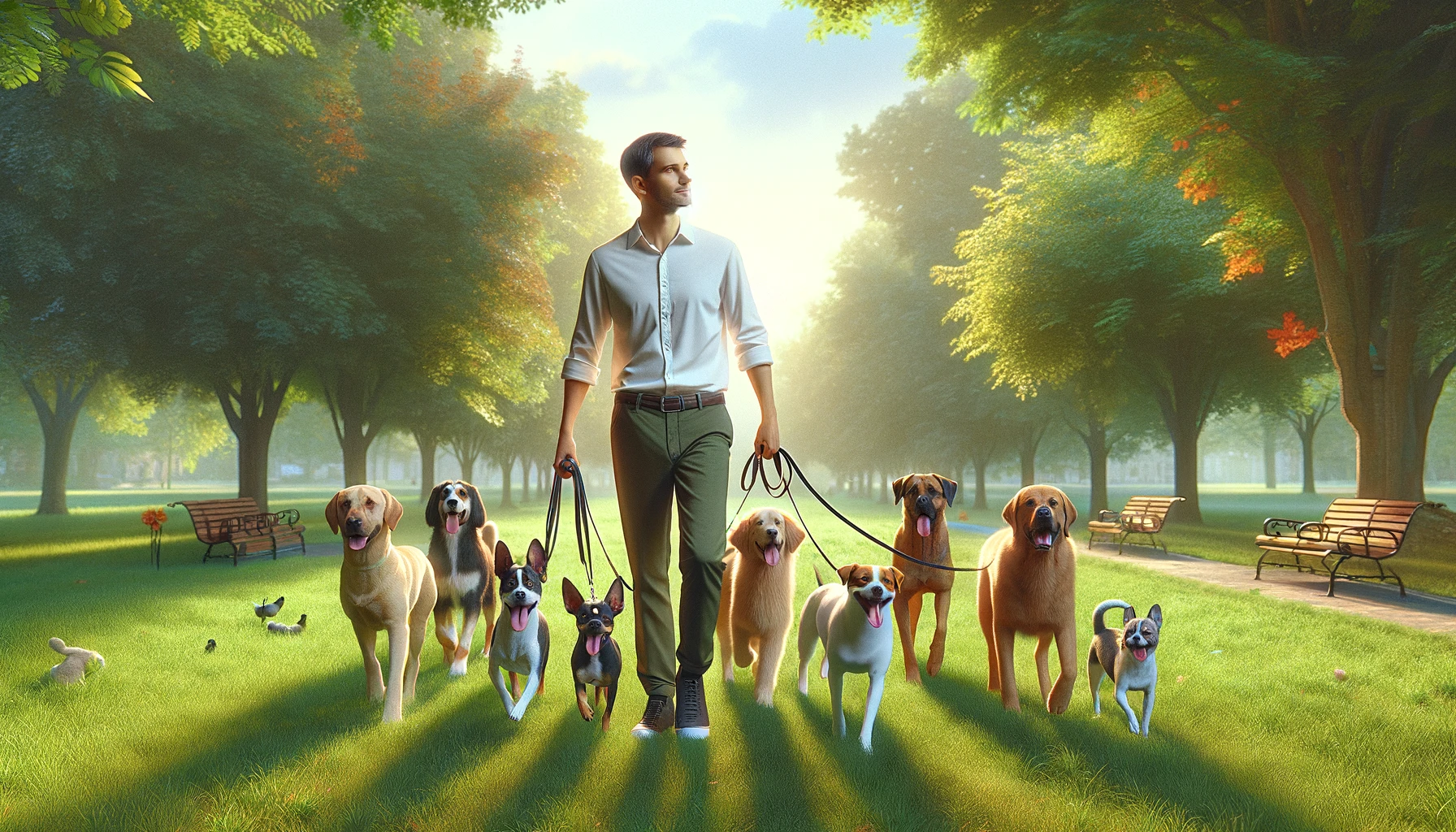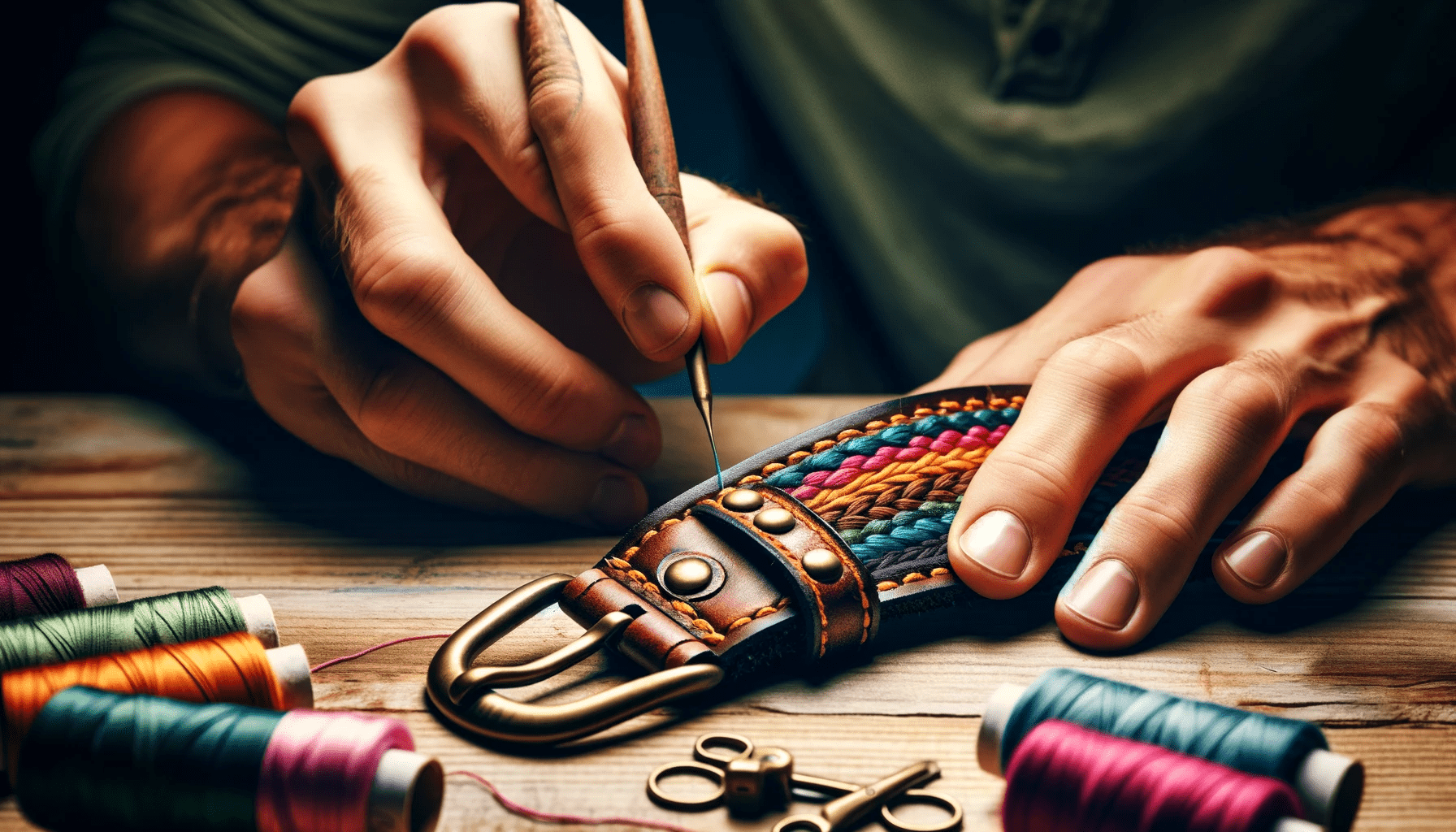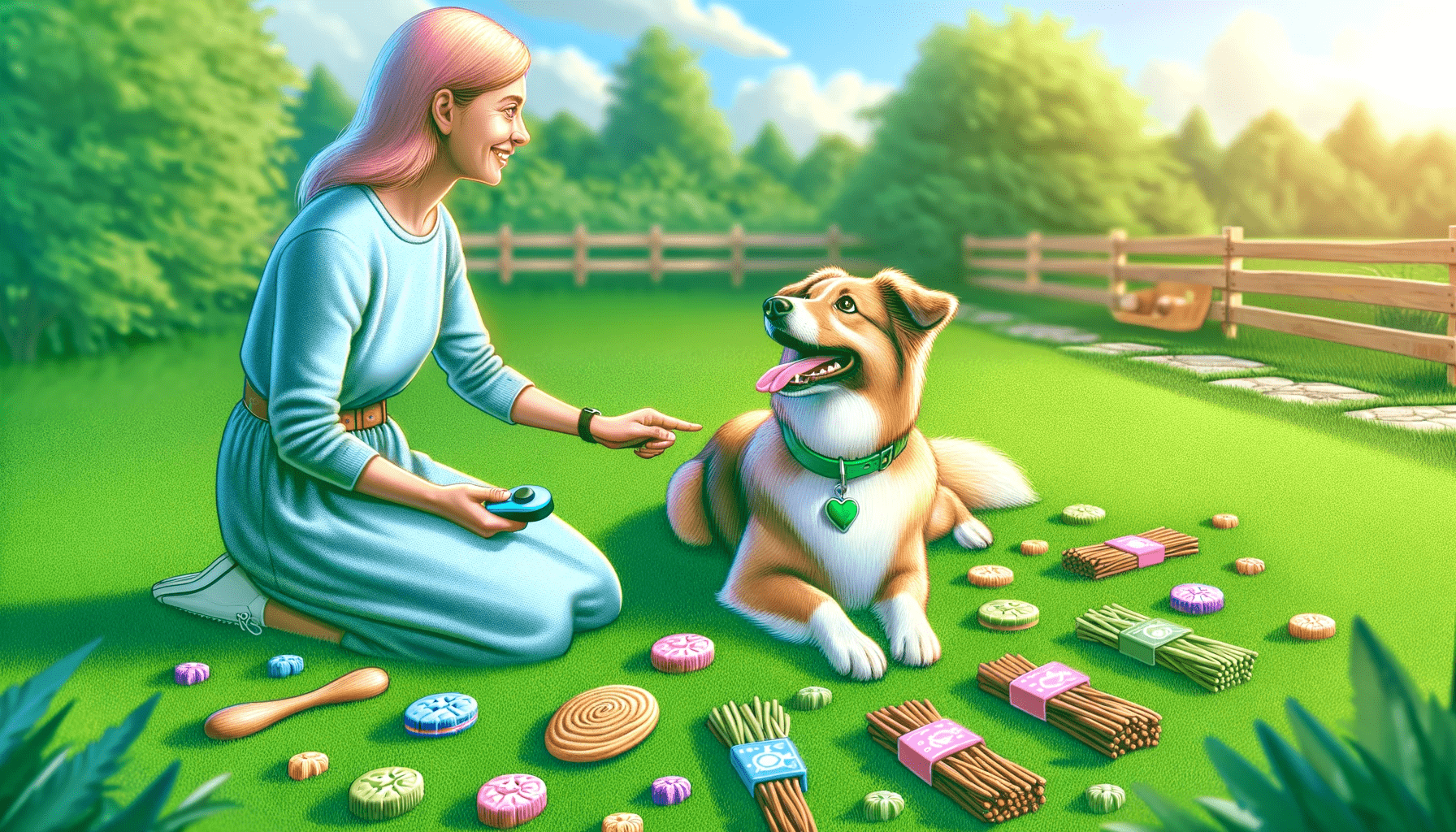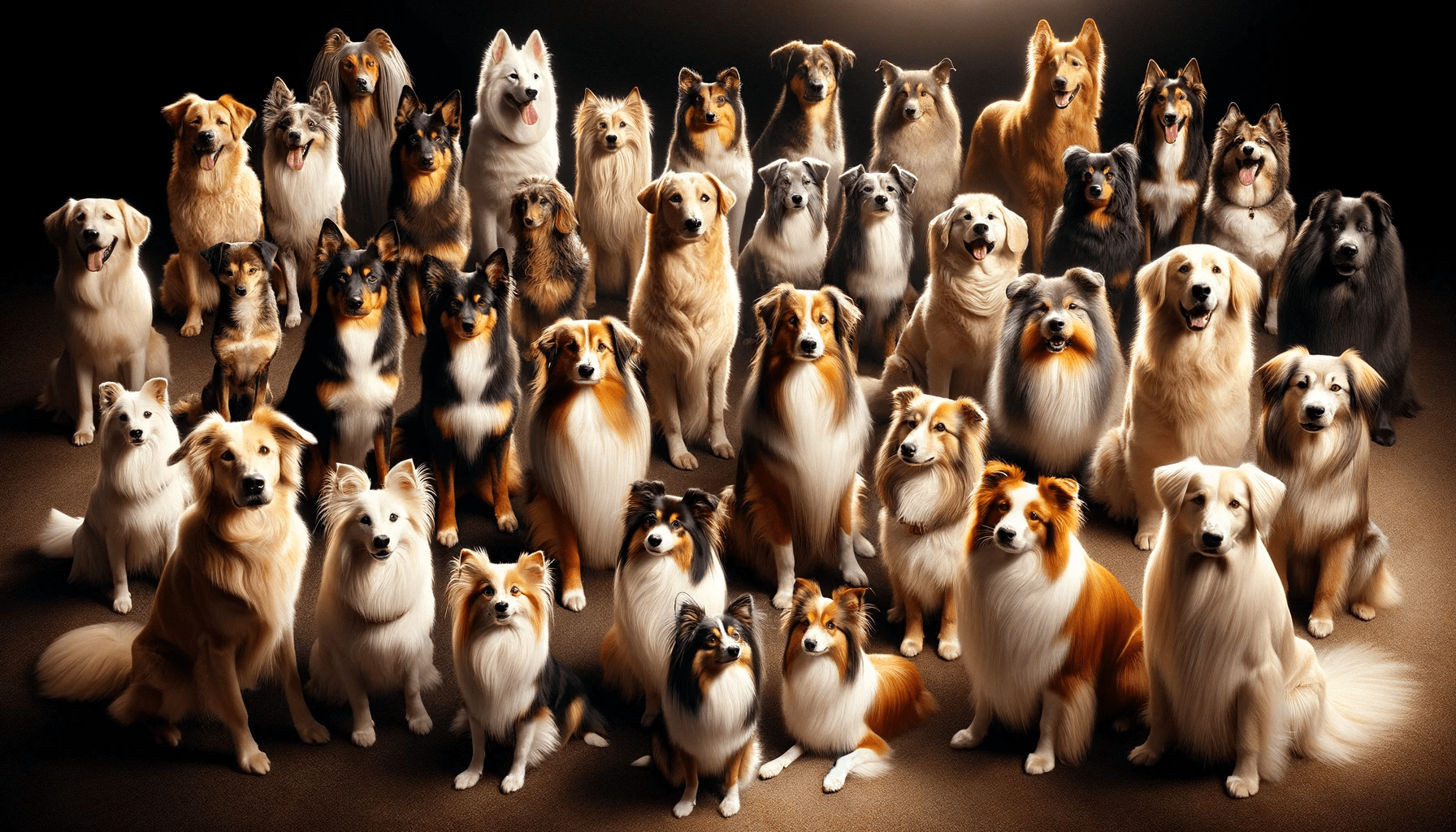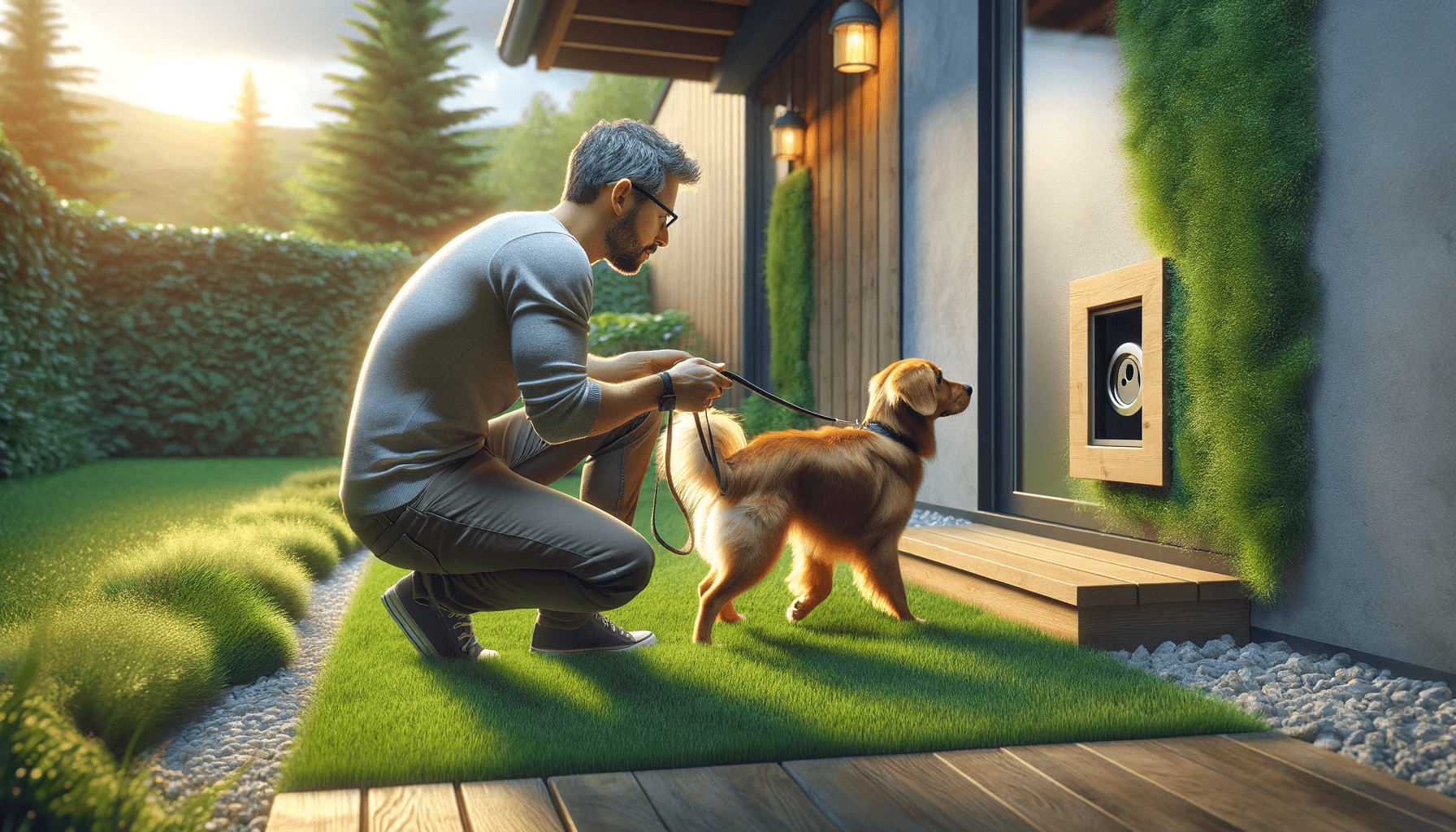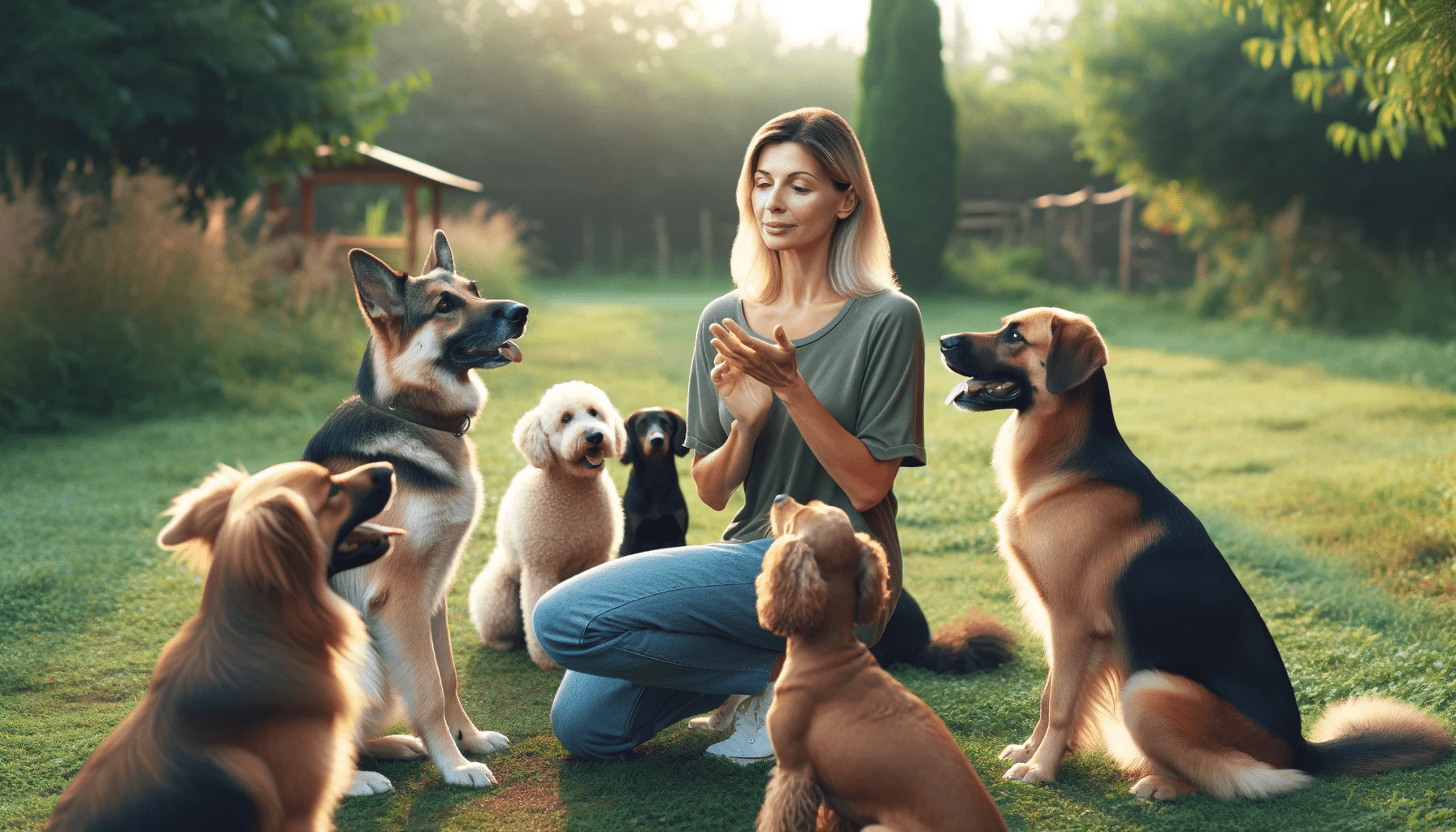Are you struggling to potty train your older dog? Don't worry, help is here!
In this article, we'll share effective tips that have worked for countless dog owners just like you.
Assess your dog's current habits, establish a consistent routine, and use positive reinforcement techniques to encourage success.
Designate a specific potty area, monitor their diet, and consider crate training for supervision.
Accidents happen, but we'll show you how to handle them calmly and effectively.
And remember, if you need further guidance, don't hesitate to seek professional help.
Key Takeaways
- Observe and understand the dog's bathroom habits, body language, and patterns
- Determine specific times for bathroom breaks and establish a consistent routine
- Use positive reinforcement techniques such as clicker training and rewards
- Choose a specific potty area to establish a consistent routine and make clean-up easier
Assessing the Dog's Current Habits
To begin potty training your older dog, start by assessing their current bathroom habits. This is especially important if your dog has any medical conditions that may affect their ability to control their bladder or bowel movements. Observing your dog's bathroom habits will help you understand their body language and identify any patterns or signs that indicate when they need to go potty.
When assessing your dog's current habits, pay attention to how often they go potty and if they've any accidents indoors. Take note of any specific behaviors or cues your dog exhibits before they eliminate, such as sniffing around or circling a particular area. Understanding these body language signals will allow you to anticipate when your dog needs to go outside.
Additionally, consider any medical conditions your dog may have that could affect their ability to hold their bladder or bowel movements. Conditions such as urinary tract infections, diabetes, or gastrointestinal issues may contribute to accidents in the house. If you suspect your dog has a medical condition, consult with your veterinarian to rule out any underlying health issues.
Establishing a Consistent Routine
Once you have assessed your dog's current habits and identified their bathroom cues, it's important to establish a consistent routine for potty training.
Creating a regular schedule will help your older dog understand when and where they should go to the bathroom.
Here are three tips to help you establish a consistent routine:
- Establish a Bathroom Schedule: Determine specific times throughout the day when you'll take your dog outside to eliminate. This could be first thing in the morning, after meals, and before bedtime. Stick to this schedule as closely as possible to help your dog develop a routine.
- Use a Reward System: Positive reinforcement is key to potty training success. When your dog eliminates in the designated area, immediately praise them and offer a small treat as a reward. This will help them associate going to the bathroom in the right place with positive experiences.
- Be Patient and Consistent: Potty training an older dog may take longer than training a puppy. Stay patient and consistent with your routine, even if there are occasional accidents. Consistency is crucial for your dog to understand the expectations and develop good bathroom habits.
Using Positive Reinforcement Techniques
You can effectively potty train your older dog by using positive reinforcement techniques. One such technique is clicker training for potty cues. Clicker training involves using a small device that makes a distinct clicking sound to mark the desired behavior. To teach your dog to associate the clicker with potty cues, you can start by making the clicking sound whenever your dog eliminates in the appropriate spot. Over time, your dog will learn to associate the clicker sound with going potty.
In addition to clicker training, using rewards and treats for reinforcement is another effective technique. When your dog successfully goes potty in the designated area, immediately reward them with a treat or praise. This positive reinforcement helps to reinforce the desired behavior and encourages your dog to repeat it in the future. Make sure to choose high-value treats that your dog finds especially rewarding.
Consistency is key when using positive reinforcement techniques. Always use the clicker and reward your dog immediately after they go potty in the right spot. Gradually, you can reduce the frequency of treats and rely more on verbal praise or a pat on the head. Remember to be patient and consistent with your training efforts. With time and positive reinforcement, your older dog will learn to consistently go potty in the appropriate area.
Designating a Specific Potty Area
Choose a specific area in your home or yard where your older dog will be trained to go potty. This designated potty area will help your dog understand where they should relieve themselves, making the training process more efficient.
Here are three reasons why designating a specific potty area is beneficial:
- Consistency: By choosing a specific area, you establish a consistent routine for your dog. They'll associate that spot with potty time, making it easier for them to understand where they should go. Consistency is key in potty training, and having a designated area helps reinforce this consistency.
- Easy Clean-up: Designating a specific potty area makes clean-up much easier. Whether you use pee pads or take your dog outside, having a designated spot means you know exactly where to clean up any messes. This saves you time and effort, making the potty training process less stressful.
- Exploring Alternative Methods: Having a designated potty area allows you to explore alternative potty training methods, such as using pee pads. Pee pads can be placed in the designated area, providing a convenient solution for indoor potty training. This flexibility can be particularly useful for older dogs who may have difficulty going outside regularly.
Monitoring and Managing the Dog's Diet
To effectively potty train your older dog, it's important to carefully monitor and manage their diet. Managing dietary changes is crucial during this training process. Sudden changes in diet can lead to digestive issues, which can make it difficult for your dog to control their bowel movements. It's recommended to gradually transition your dog to a new diet by mixing the new food with their current food over a period of 7-10 days. This will allow their digestive system to adapt to the new food without causing any disruptions.
Additionally, introducing healthy treats can be beneficial in potty training your older dog. However, it's important to choose treats that are easy to digest and low in fat. High-quality treats that are specifically designed for older dogs can be a great option. These treats not only provide a tasty reward for your dog's good behavior during potty training, but they also support their overall health and well-being. Remember to give treats in moderation to avoid overfeeding, which can lead to weight gain and potential potty accidents.
Implementing Crate Training for Supervision
To effectively implement crate training for supervision during the potty training process, it's important to gradually introduce your older dog to the crate and create a positive association with it. Crate training can be highly beneficial in managing your dog's behavior and ensuring they don't have accidents in the house. Here are three key tips to help you successfully implement crate training for supervision:
- Introduce the crate gradually: Start by placing the crate in a quiet and comfortable area of your home. Leave the door open and entice your dog to explore it by placing treats or toys inside. Once your dog feels comfortable entering the crate, you can start closing the door for short periods while they're inside.
- Make it a positive experience: Use positive reinforcement techniques such as praise, treats, and rewards when your dog willingly enters the crate. This will create a positive association and make them more likely to view the crate as a safe and comfortable space.
- Use the crate as a supervised confinement tool: When you can't directly supervise your dog, such as when you're away or unable to keep an eye on them, confining them to the crate can prevent accidents and destructive behavior. However, it's important not to use the crate as a punishment or leave your dog in it for extended periods.
While crate training can be an effective method, it's important to note that there are alternative options available. Some dogs may prefer using a playpen or a gated area instead of a crate. Additionally, supervision and consistent potty training techniques are key to successfully potty training your older dog.
Dealing With Accidents Calmly and Effectively
When accidents occur, calmly address them promptly to maintain progress in your older dog's potty training journey. It's important to manage frustration and approach accidents with a calm and collected mindset. Remember, accidents are a normal part of the potty training process, especially with older dogs who may have established habits. Reacting with anger or frustration will only confuse and stress your dog, hindering their progress.
When accidents happen, resist the urge to scold or punish your dog. Instead, calmly interrupt them if you catch them in the act and lead them outside to their designated potty area. This helps reinforce the idea that going potty should be done outside. If you don't catch them in the act, there's no point in scolding them after the fact. Dogs don't have the ability to connect punishment with past actions.
After cleaning up accidents, it's important to use effective clean-up strategies to eliminate any lingering odors. Dogs have a keen sense of smell, and if they can still detect the scent of their urine or feces, it may encourage them to go in the same spot again. Use an enzymatic cleaner specifically designed for pet accidents to thoroughly clean the area. This will help remove the odor, preventing your dog from associating that spot with potty time.
Stay patient and consistent throughout the potty training process. Accidents may happen, but with the right approach and clean-up strategies, you can help your older dog become fully potty trained.
Seeking Professional Guidance if Needed
If you're struggling with potty training your older dog, consider consulting a professional. Sometimes, despite your best efforts, you may find that you need some expert guidance to overcome the challenges you're facing.
Here are three reasons why seeking professional help can be beneficial:
- Consulting experts: Professional dog trainers and behaviorists have extensive knowledge and experience in dealing with various potty training issues. They can assess your dog's specific needs and provide tailored solutions that address the underlying causes of the problem. Their expertise can save you time, frustration, and unnecessary trial and error.
- Finding a professional trainer: Look for a professional trainer who specializes in potty training or behavior modification. Ask for recommendations from your veterinarian, friends, or fellow dog owners. Make sure to choose someone who uses positive reinforcement techniques and has a good understanding of dog psychology. A skilled trainer can guide you through the training process, teach you effective techniques, and provide ongoing support.
- Gaining confidence and knowledge: Working with a professional can boost your confidence as a dog owner. They can teach you how to communicate effectively with your dog, understand their body language, and recognize the signs that they need to go potty. By learning from a professional, you'll gain the knowledge and skills necessary to continue the training process on your own.
Frequently Asked Questions
Can I Use Punishment or Negative Reinforcement to Potty Train My Older Dog?
You shouldn't use punishment or negative reinforcement to potty train your older dog. It's not effective and can create fear or anxiety. Instead, focus on positive reinforcement, consistency, and patience.
How Long Does It Typically Take to Potty Train an Older Dog?
On average, it takes time to potty train an older dog. But with effective techniques, it can be done. Stay consistent, use positive reinforcement, and be patient. Your furry friend will catch on!
What Should I Do if My Older Dog Refuses to Use the Designated Potty Area?
If your older dog refuses to use the designated potty area, don't worry. Dealing with stubbornness is common. To encourage them, try using positive reinforcement techniques such as treats and praise when they do go in the right spot.
Is It Necessary to Monitor and Manage My Older Dog's Diet During Potty Training?
During potty training, it's important to monitor and manage your older dog's diet. This helps regulate their bowel movements and prevent accidents. Positive reinforcement is also crucial in training older dogs to use the designated potty area.
How Do I Know When It's Time to Seek Professional Guidance for Potty Training My Older Dog?
If you're struggling with potty training your older dog despite using effective strategies, it may be time to seek professional help. A professional trainer can assess the situation and provide tailored guidance for your specific needs.
Conclusion
In conclusion, potty training older dogs can be a challenging but achievable task. By assessing their current habits and establishing a consistent routine, you can help them understand where and when to go. Using positive reinforcement techniques and designating a specific potty area can also aid in their training. Monitoring their diet and implementing crate training can further support their progress. Additionally, it's important to calmly deal with accidents and seek professional guidance if needed. With patience and dedication, you can help your older dog learn good bathroom habits.
